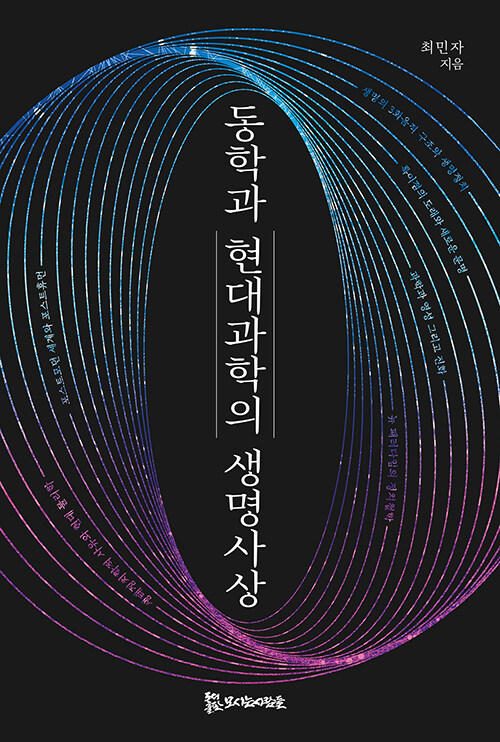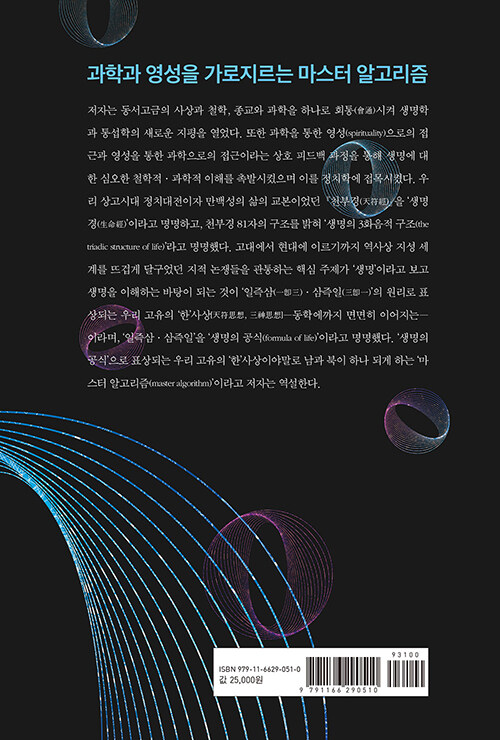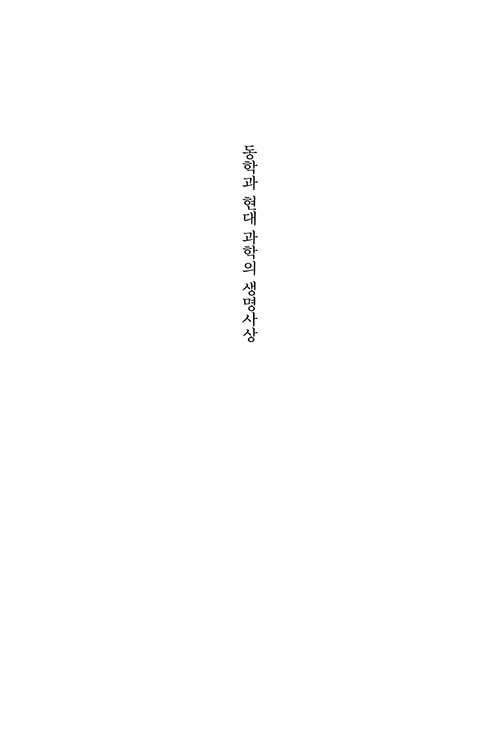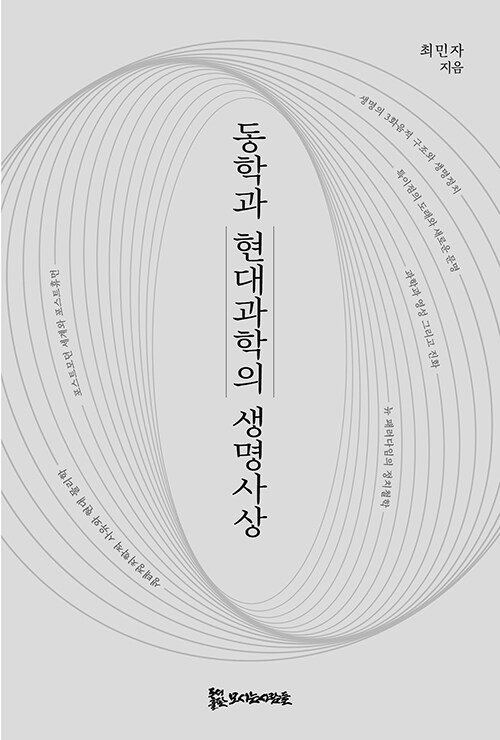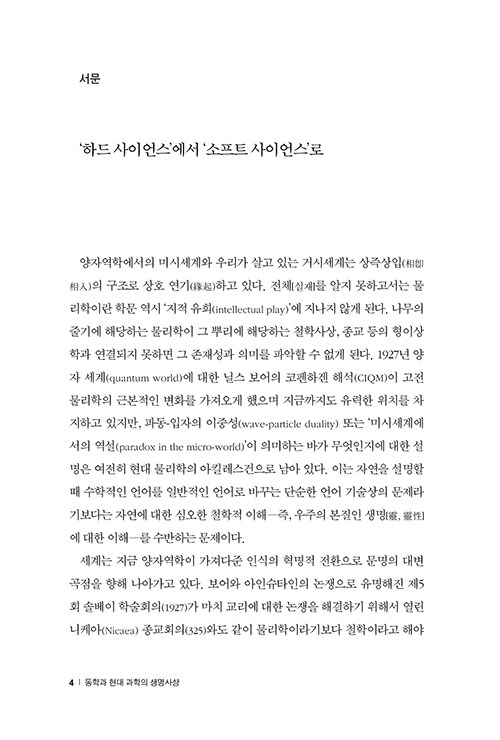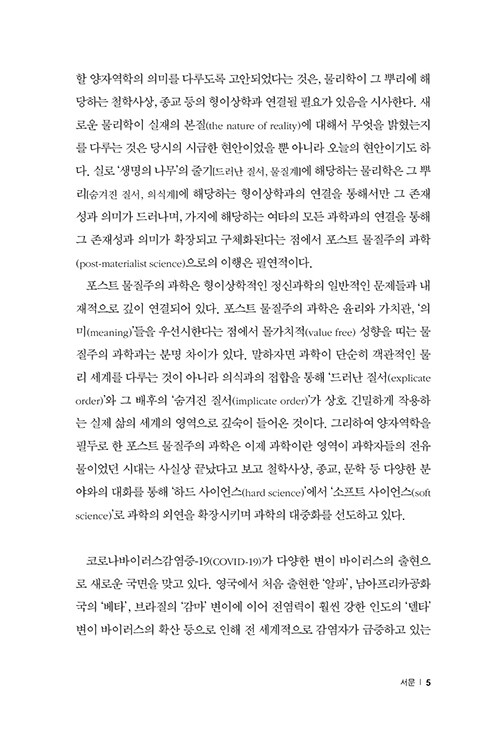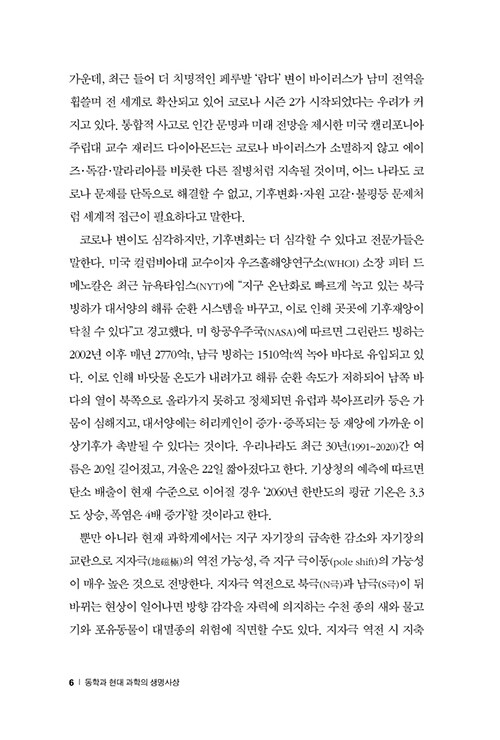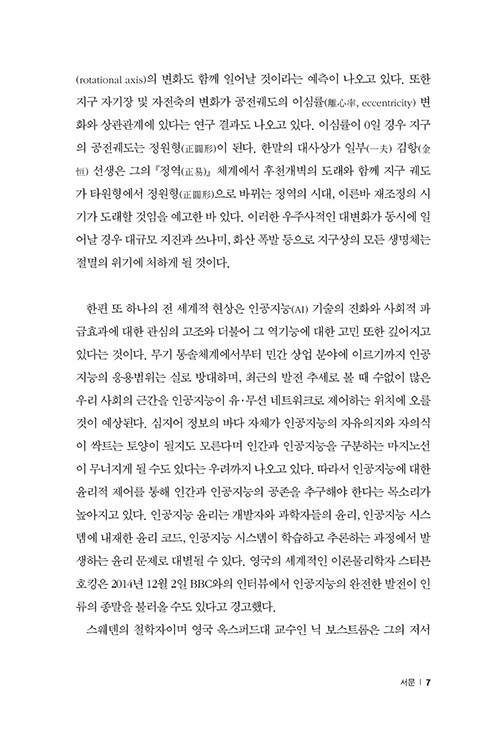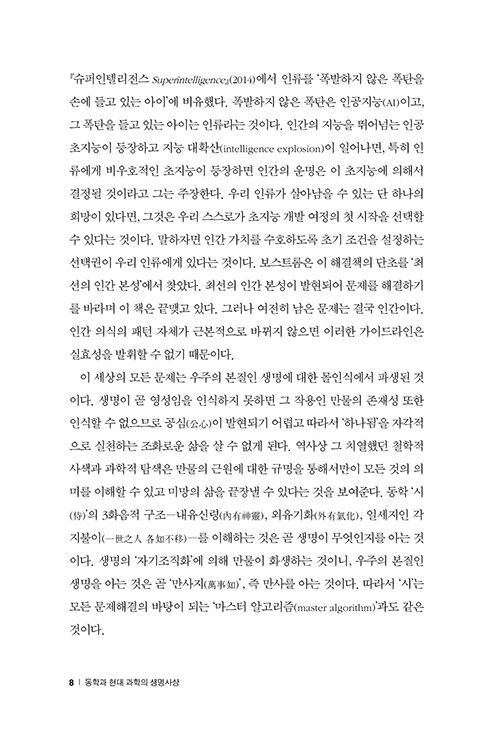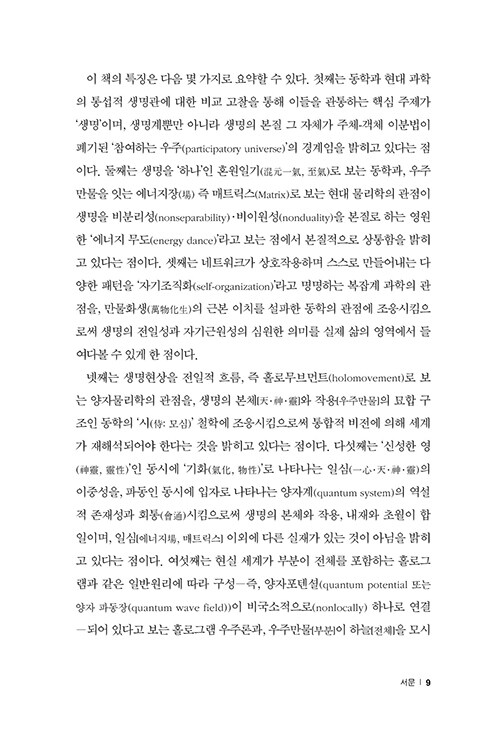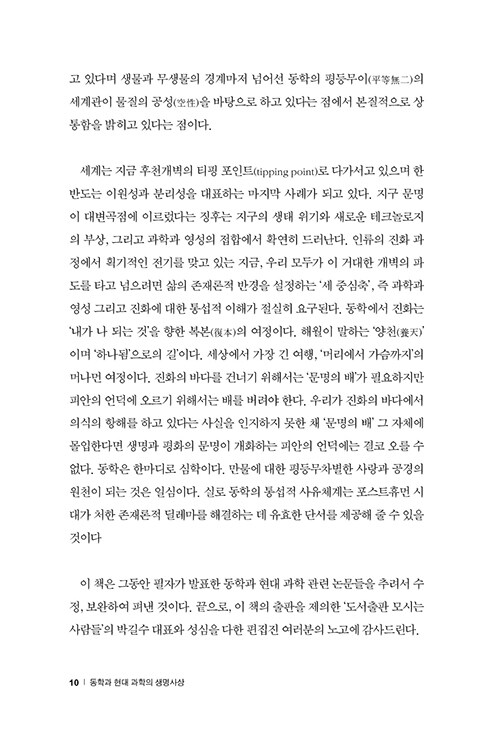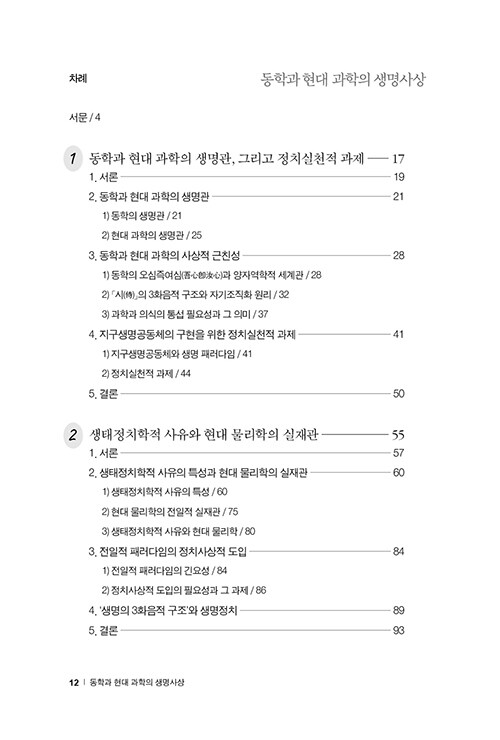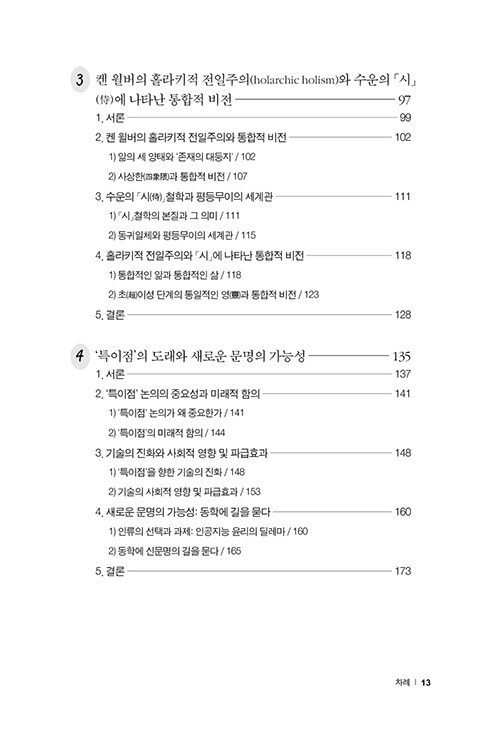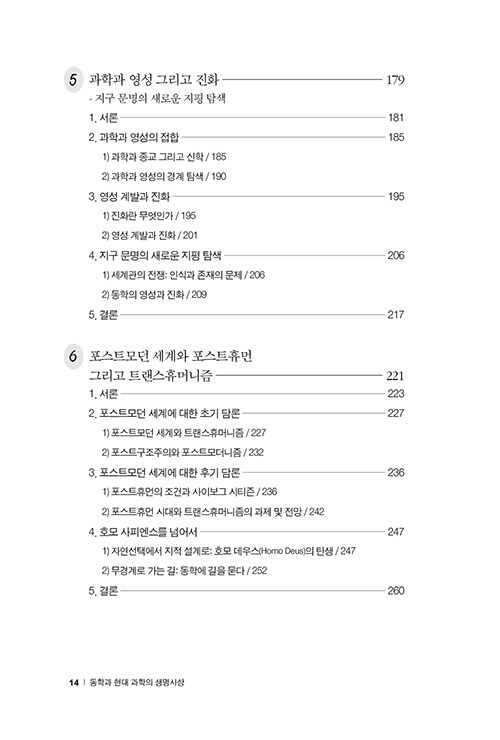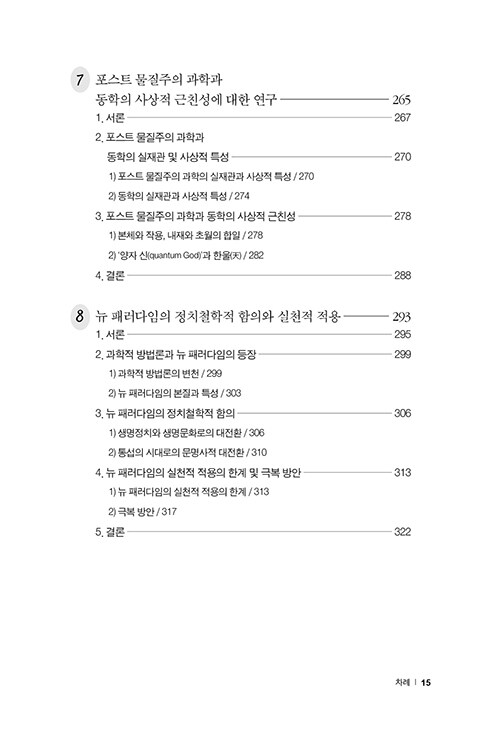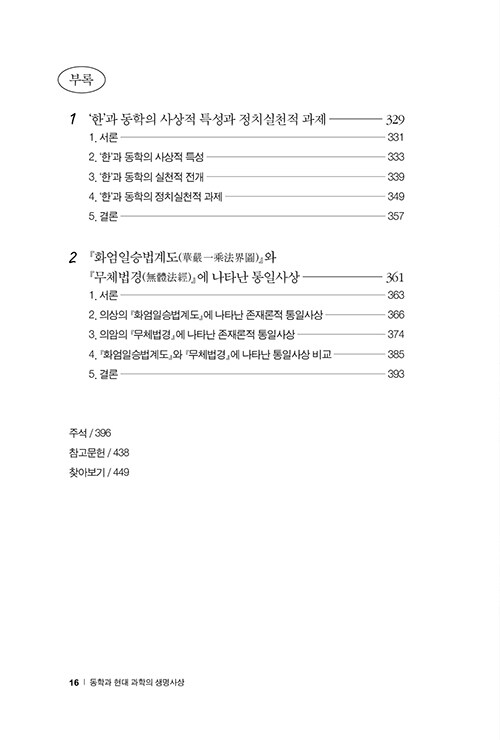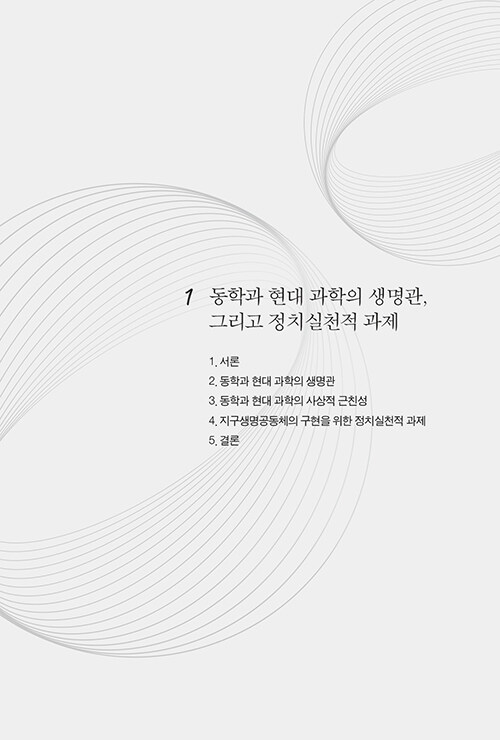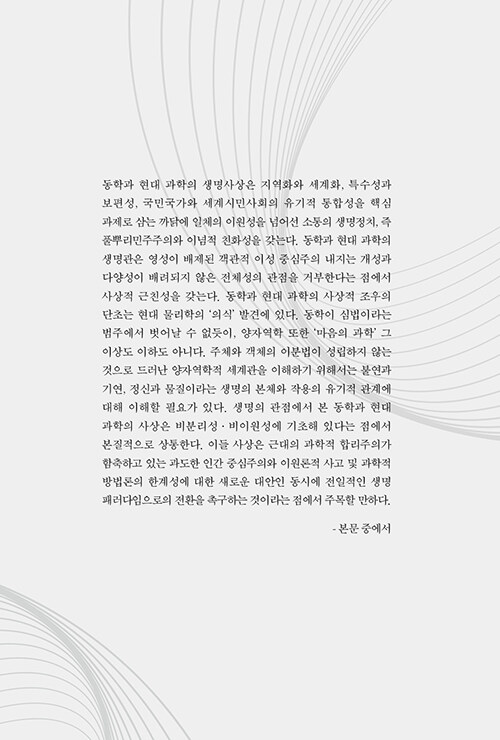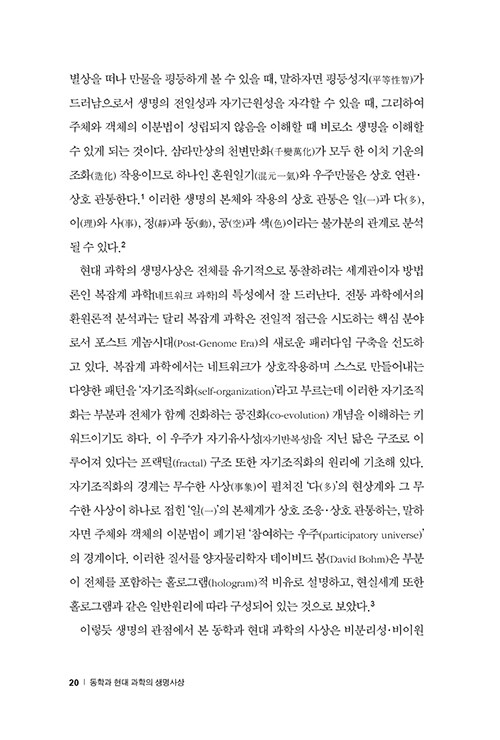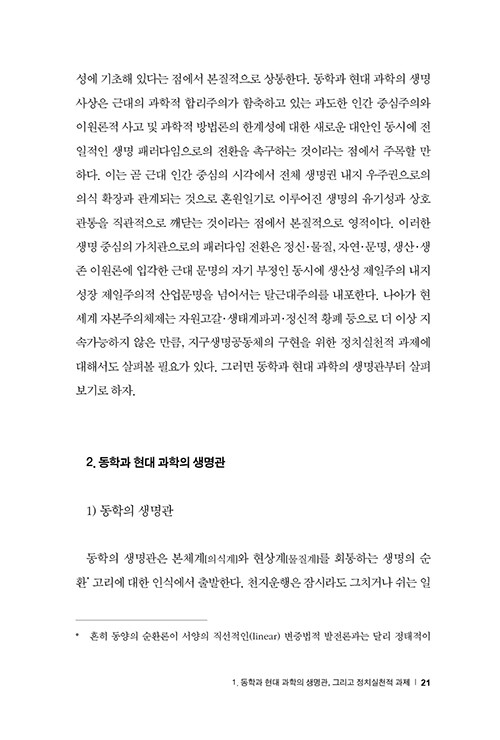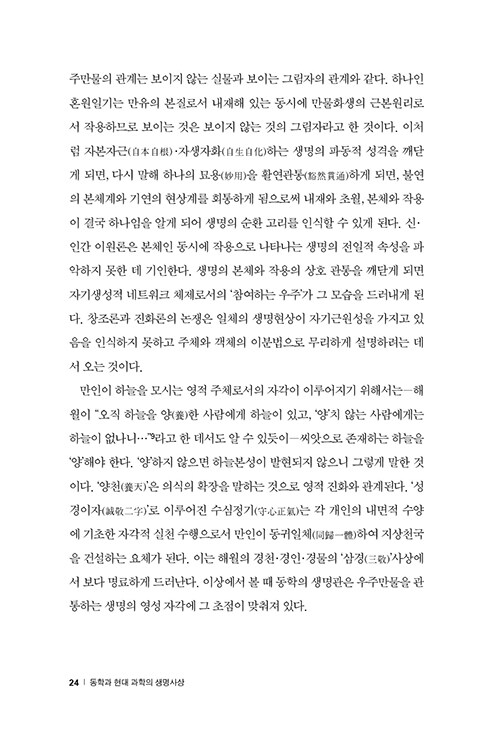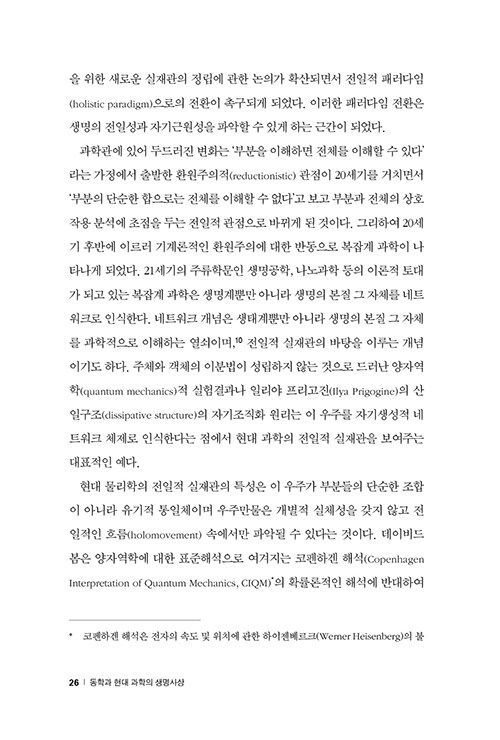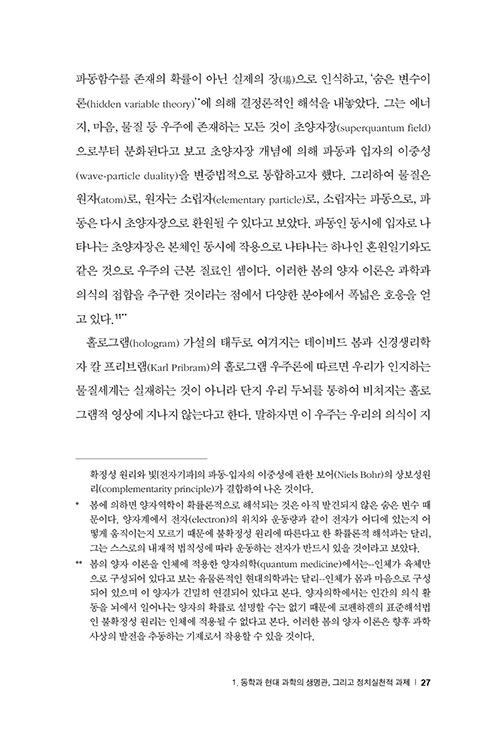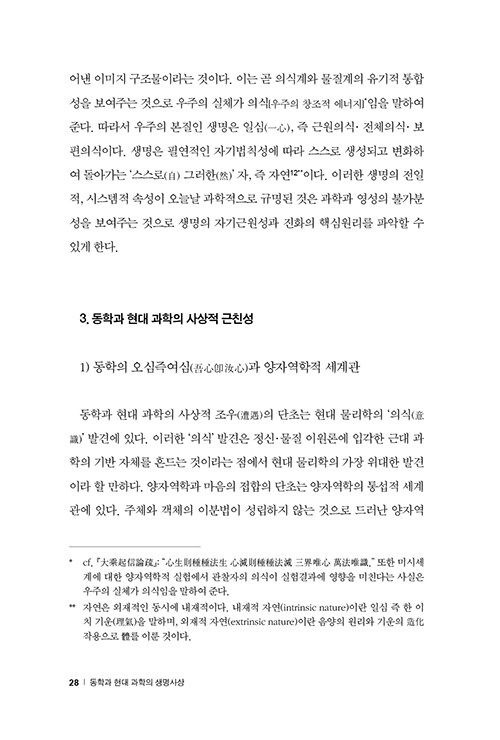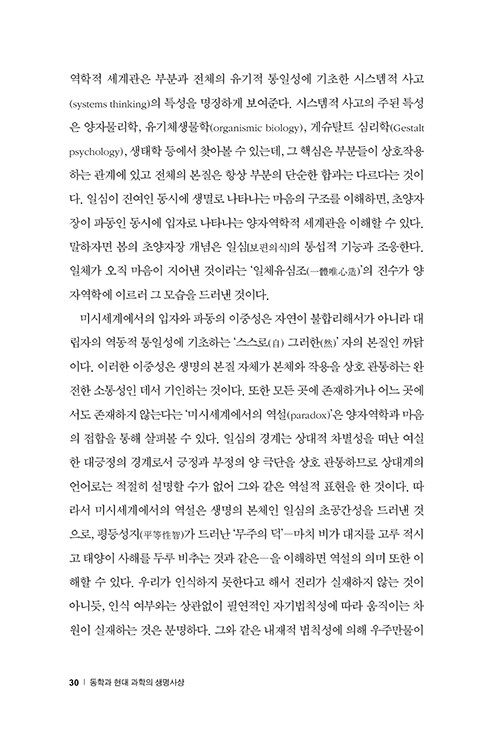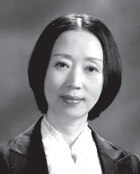Herrymon Maurer and the Tao of Quakerism
by Anthony Manousos
“When I first read Herrymon’s version of the Tao The Ching, I was bowled over,” recalls Steve Penningroth, a biochemist from Princeton University. “What struck me was the commentary. Without it I was lost. Herrymon’s commentary helped me because I had the sense that he was on to something and that he grasped the problems of the world from a non-dogmatic, spiritual and loving perspective.”
“The book changed my life in many ways,” says Glenn Picher, who was 24 years old and had just been graduated from Princeton University when he first encountered Herrymon and his Tao The Ching. “Herrymon had the voice of a prophet. Being a political radical at the time, I found the jeremiad aspect of this work very attractive.”
Even though many twentieth-century Quakers have been drawn to Taoism, 1 Herrymon Maurer’s Tao The Ching is the only book-length work by an American to explore Taoism from a Quaker/Hasidic (or as Herrymon would say, “prophetic”) perspective. (The work of the Korean Friend Ham Sok Hon also deals with Taoism, but from a very different perspective.)
Herrymon’s interest in Taoism and China was lifelong and deep. From 1938-41, during the Sino-Japanese War, Herrymon taught English in West China, where he first became acquainted with Taoism and experienced first-hand the brute facts of modern combat.2 Deeply impressed by Chinese culture and spiritual wisdom, he wrote a fictionalized life of Lao Tzu in 1943.
Herrymon also had broad-ranging experience in the business world and among Quakers. He was on the staff of Fortune magazine from 1942-45, and afterwards was a contributing writer until 1968. He wrote articles that appeared in Fortune, Life, Reader’s Digest, the old Commentary, the New Leader, and other magazines. He wrote books on topics ranging from Gandhi to big business that were published in Britain, France, Japan, Argentina, Brazil, Canada, and the United States. He also edited a book and wrote a pamphlet for Pendle Hill, a Quaker study center, and was known and respected by “weighty” Quakers, such as Anna and Howard Brinton.
After a lifetime of intense and sometimes compulsive seeking, Herrymon finally achieved, in the last few decades of his life, a measure of hard-earned wisdom, tempered with deep compassion, that was of enormous help to those seeking inner peace and clarity for their lives.
I came to know Herrymon when I first began attending Princeton Meeting in 1984. At that time, Herrymon had turned seventy and had recently become a recorded minister. This distinction was lost upon me as a newcomer to Quakerism. I have since learned that Philadelphia Yearly Meeting –of which Princeton Meeting is a part –virtually gave up the practice of recording ministers nearly fifty years ago. 3 Herrymon’s ministry was considered so important, however, that Princeton Friends felt that it needed to be acknowledged.
I learned about “the Way” of Taoism and Quakerism through a small group that Herrymon helped to establish. It was called “The Surrender Group.” Around one third of its members were AA and NA (Narcotics Anonymous) “graduates”; the rest were recovering ego-holics, of whom I was (and still am) one.
The “Surrender Group” was started in the early 1970s a few years after Herrymon joined AA and turned his life around. Its format was simple: AA’s Twelve Steps were re-cast, in deference to Quaker practice, as “Ten Queries.” Each week participants would focus on a single query: “Are you willing to make Truth the center of your life?” or “Are you willing to give up compulsions and devices?” The questions were simple, but the responses were often deep and challenging. Participants were encouraged to share from their personal experience, and to help others to understand how we could in fact change our lives. I had never experienced anything quite like it before, or since.
What made the “Surrender Group” dynamic was the presence of recovering alcoholics deeply committed to spiritual transformation, and the presence of Herrymon, whose wisdom and humor pervaded the gathering.
“I don’t think I’d be here today if not for Herrymon and the Surrender Group,” says Harriet, one of the group’s original members. “When I first went to the group, I was 29 years old and had just found out that my husband was manic-depressive. Herrymon helped me get through this crisis spiritually as well as psychologically.”
****
When Herrymon died in August of 1998, his passing was deeply felt by his family and Princeton F/friends, but went mostly unacknowledged elsewhere, even in the Quaker world. Herrymon seemed very much like the low-profile Taoist sage.
When I learned of Herrymon’s death, I felt led to write about him, but found very little material to work with. I was surprised to learn that no memorial minute had been written about him. There was apparently no obituary about him even in Friends Journal.
To find out more about this man whose life was as elusive as the Tao, I decided to interview his wife Helen, who still lives in Princeton. From Helen, I gleaned a picture of Herrymon’s life and realized how little about himself he had revealed during the period that I came to know him.
In 1914 Herrymon Maurer was born in Sewickly, Pennsylvania, a small town outside of Pittsburgh. His father was a high school teacher who died in the great influenza epidemic of 1917. Herrymon was sent to Ohio to live with relatives for several years while his mother went back to school. At age seven Herrymon was sent to Pittsburgh to live with his mother and aunt, both school teachers. Herrymon met his future wife, Helen Singleton, when she was 13 years old; and they soon became friends. The Maurer household was dominated by two very strict and formidable women. In contrast, the Singletons were vivacious and easygoing. Among them Herrymon learned to dance and to appreciate the joys of life. Herrymon became best friends with Helen’s brother, as well as with Helen.
Precocious and gifted, with a penchant for sculpture as well as writing, Herrymon was accepted by Dartmouth College. During his freshman year he contracted rheumatic fever and was sent home. He spent a year in bed recovering. He eventually completed his B.A. in English at the University of Pittsburgh.
Seeking fame and fortune, Herrymon moved to New York, where he stayed at the apartment of Helen’s brother. He was soon joined by Helen, and they were married in 1937.
The newlyweds eked out a living doing various jobs, as was common during the latter days of the Great Depression. Helen had been a social worker since 1933, but she ended up working at the New York World’s Fair. Herrymon wrote advertising copy and did public relations work. Helen recalls that at one point their apartment was full of the latest girdles, complete with new-fangled zippers, about which Herrymon had to write something catchy. He hated that job.
When Herrymon was offered the chance to teach English at the University of Nan-King in Western China in 1938, he leaped at the opportunity. Helen was a bit more cautious, but went along with Herrymon’s enthusiasm and ended up teaching at Jin-Ling, a prestigious women’s university. Traveling to China was a long and arduous journey that took six weeks because of stormy weather, and the stay in war-torn China was no less challenging. It was in China that their first child, Mei-Mei (meaning “Little Sister”), was born in 1939.
China made a deep impression on Herrymon, who eventually wrote two books on the subject, The End is Not Yet: China at War (McBride, 1941) and A Collision of East and West (Regnery, 1951). He also wrote a fictionalized life of Lao-Tzu called The Old Fellow (Doubleday, 1943). The End is Not Yet describes the Sino-Japanese war with a keen journalistic eye and celebrates the dogged, down-to-earth determination of the Chi-nese in the face of Japanese aggression. The Collision of East and West is a philosophical as well as historical reflection on the “four-cornered war between China and Japan, between Japan and the United States, between Japan and Russia, and the cultu-ral and political war between China and the United States.” 4
When the Maurers moved back to the United States in 1941, Herrymon began working on these books as well as writing articles for Fortune and Commentary.
They lived for a while in Westchester county, NY, where Herrymon became a member of Chappaqua Meeting in 1943. Here his daughter Ann was born, to be followed by his son Tom in 1945. As Herrymon’s commitment to pacifism and Quakerism deepened, he wrote Great Soul: The Growth of Gandhi, which was published by Doubleday in 1948.
In 1949 he and his family went to Pendle Hill to head up the publications program. There Herrymon edited The Pendle Hill Reader, a collection of essays by Thomas Kelly, Douglas Steere, Rufus Jones, Arnold Toynbee, Howard Brinton, et al. He also edited a selection from John Woolman’s writings called Worship (Pendle Hill Pamphlet #51, 1949) and wrote a pamphlet called The Power of Truth (Pendle Hill Pamphlet # 53).
During this period Herrymon came to know personally Fritz Eichenberg, the Brintons, the Steeres, the Bacons, and numerous other Friends who passed through this unique Quaker “hotbed” for study and contemplation.
In 1950 Herrymon moved to Princeton and became one of the founding members of Princeton Meeting, when it was resuscitated after WWII. 5 There he continued to write about spiritual matters. In 1953 his cogitations on philosophy and religion, What Can I Know? The Prophetic Answer, was published. This turned out to be the last book that Herrymon published about religious matters for nearly thirty years.
Most of Herrymon’s books were written and published before he turned forty. His religious writings are full of what Yeats called “passionate intensity.” In his Pendle Hill pamphlet, The Power of Truth, Herrymon grapples with the question of the “end of the world” from nuclear holocaust. Herrymon argues that if humanity annihilates itself, it is because we have failed to heed the voices of prophets who are been warning and exhorting us to give up our self-destructive egocentrism. 6
Herrymon derides those who put their faith in social engineering or the Social Gospel–no man-made scheme or panacea will save us if there is no inward transformation. According to Herrymon, we must seek “liberation from our own lies and fears and egotism, and thus liberation from the outward pestilences provoked by inward ills. This liberation has many names. It has been called love, non-violence, non-action, pure wisdom. Gandhi gave it a new name, Satyagraha, the Power of Truth” (12). As a solution to America’s racial problems, Herrymon proposes using the same techniques that Gandhi used, thereby anticipating Martin Luther King’s non-violent Civil Rights movement by several years. 7
In Herrymon’s view, Truth is universal, and so are prophets. He sees Lao-Tsu, Isaiah, Jesus, Muhammad, George Fox, John Woolman, and Gandhi as all espousing the same universal Truth. He writes: “I am also struck to find that God as Lao-tzu, the great Chinese Taoist, encountered him is in no sharp contrast to God as the great prophets of Israel encountered him” (p. 56). Herrymon acknowledges that universal Truth may be perceived and interpreted differently because of different social and historical circumstances. 8
For Herrymon, the great prophets are eternally contemporary. He sees Quakerism and Hasidism as “most successful in preserving prophetic vitality” (p. 62). 9
Herrymon was convinced that prophets continue to live among us, often in the disguise of “ordinary people” and friends who have had direct encounters with Truth (this is a belief shared by Quakers and Hasidim). He describes such prophets as
persons of ready humor, but also of deep seriousness. Not one of them has that steady serenity of mind that makes the mystic or the saint. (The prophetic and the serene, I suspect, are not altogether compatible.) These friends may have times of joy, but they have recurrent times of anguish, tension, distaste, and sorrow. There is always the eternal conflict between the inalterably true and the world as it is; the prophetic function is always to bear conflict and anguish and turn them to use (What Can I Know?: 66)
Those who knew Herrymon will recognize this as a self-portrait, for he was a “man of sorrows” who had a wonderful sense of humor and irony, and an abiding passion for honesty and Truth.
After Herrymon’s powerfully prophetic statements, it may seem strange that he wrote no more about religion for nearly three decades. During the ‘50s and ‘60s, he worked sporadically for Fortune magazine as editor and writer. He summed up his detailed knowledge of business in Great Enterprise: Growth and Behavior of the Big Corporation (MacMillan, 1955) –a work that dispassionately treats the rise of corporatism as a fact of life, or as a force of nature, without passing judgment or offering any critique. His professional writings of this period display lucidity, but no trace of inspiration or prophesy.
What caused the prophetic fires to die out, or at least become dormant, in Herrymon?
One answer is that he suffered from chronic alcoholism as well as bouts of depression that sapped his strength and undermined his confidence, particularly in his mid-life. From the 1940s on, he tried every cure imaginable, from psychotherapy to shock therapy. Nothing seemed able to exorcize his inner demons for very long.
Because of his alcoholism and mood swings, Herrymon’s relations with his family were often strained. His wife Helen, a woman of extraordinary faith, love, and common sense, helped to keep Herrymon and the family together during these difficult times. It was Helen who saw the Dr. Jekyll in Herrymon when alcohol turned him into Mr. Hyde.
A psychiatric social worker, Helen was an associate professor at Rutgers University for many years. Her specialty was depression and schizophrenia. She worked at Carrier Clinic in Princeton as a coordinator of social services until her retirement at age 74.
“We managed to get through it,” she says, recalling Herrymon’s drinking and the dark times in her marriage, and laughing. “It was never dull.”
When drinking heavily, Herrymon could at times become belligerent and very un-Quakerly. One Saturday night he got into a fist fight at a bar and showed up the next day at Quaker Meeting wearing sunglasses to cover up his black eye. He was in his forties and the clerk of Meeting when this incident occurred.
One of the worst episodes took place when Herrymon was in his early 50s. One night, when Helen and his family were away, he drank too much and set fire to his bed, probably as a result of smoking. Severely burned, he called a family doctor, who rushed to his house at 4:00 AM and drove him to the nearest emergency ward, thereby saving his life. Herrymon was in the hospital for over six weeks with major burns, and the DTs. Helen was his constant companion from the crack of dawn until midnight. When he came to his senses, Herrymon asked Helen where she had been all those weeks.
A couple of years later, in 1965, Herrymon joined Alcoholics Anonymous. He was fifty-six years old. According to his daughter Mei-Mei, “AA was the greatest thing in his life.” Herrymon sometimes told his friends: “AA saved my life.”
In one of his last articles for Fortune, “The Beginning of Wisdom about Alcoholism” (May 1968), Herrymon writes of alcoholism as “an illness of the magnitude of heart trouble, cancer, and severe mental disorder” and lauds AA as one of the best programs for dealing with this insidious disease.
Thanks to AA, Herrymon finally stopped drinking and found a support group that helped him to regain some stability in his life. Gradually his old passion for Truth (as he liked to call it) revived. He still suffered from depression and mood swings and needed medication (and psychiatric counseling) to cope, but he no longer felt possessed by the craving for alcohol.
With a new lease on life, he started the Surrender Group, became more actively involved in his Friends Meeting, and went back to his “old loves”–the Tao The Ching, John Woolman, and Gandhi. In the mid-1970s he began working on a series of four interconnected books he called The Way of the Ways. These books reflect the major influences of Herrymon’s spiritual life: Taoism, “prophetic” scriptures (including the writings of George Fox and Martin Buber), John Woolman, and Mohandas Gandhi.
In the 1970s, Herrymon also joined the Board of Fellowship in Prayer (FIP), an organization started by Carl Evans, a retired businessman and former Presbyterian missionary in China, in 1949. Deeply disturbed by the Cold War and the threat of nuclear holocaust, Evans placed an ad in the NY Times calling for an interfaith “fellowship in prayer” to promote peace and received an enthusiastic response from Roman Catholics, Jews, Protestants, Jews, Buddhists, and others. The organization eventually received a Lilly Foundation grant, which enabled it to distribute its publications for free. Herrymon learned of FIP through his friend Paul Griffith, a novelist who became editor of FIP in 1966 and continued till his death in 1983.
The following year a young Quaker named Ed Miller became managing editor of FIP, largely through Herrymon’s efforts. Ed Miller was a bright young seeker in his late 30s, looking for a direction in his life, when he encountered Herrymon’s Tao The Ching, which was published by FIP in 1982. Reading it, Ed was astounded.
“This was the Reagan era,” recalls Ed, “and I wondered, ‘How could this guy have published this and not be in jail?’”
Ed bought up five copies to give to friends and then discovered that the author lived in Princeton. He called Herrymon, and they met at Princeton Meeting. There Ed found the spiritual community he was seeking, and a mentor.
“I became Herrymon’s surrogate son,” says Ed. “Herrymon and I had a lot of personality characteristics, and faults, in common. He helped me turn my life around.”
Herrymon’s son Tom had died tragically in 1972, at age 27.
Ed and Mary Beth became members of Princeton Meeting, participants in the Surrender Group, and frequent attenders of the Maurers’ Friday evening gatherings, which sometimes drew as many as 20-30 people–many of them young seekers like the Millers. Working for Fellowship in Prayer, Ed had the opportunity to broaden his spiritual horizons.
When I came to Princeton in 1984 after a stint as a college professor, Ed introduced me to Quakerism and eventually hired me as his editorial assistant at Fellowship in Prayer
This is when I began to study in earnest Herrymon’s Tao The Ching–a work that I found astonishing in its scope and depth. For the past twenty years, I have treasured my dog-eared copy and frequently return to it during my meditations. It remains a buried treasure, however–one that deserves to be more widely known and appreciated.
The Tao of Quakerism
What distinguishes Herrymon Maurer’s version of the Tao The Ching is its recognition that Lao Tzu belongs to a prophetic tradition that connects all religions and times. Herrymon uses the word “prophetic” to refer not to those who imagine that they can foretell the future, but rather to those who believe themselves to be called (often reluctantly) to speak on behalf of what Herrymon (and early Quakers) called the Truth.
“Truth” is not an idea or a philosophic concept, but a way of life, an attitude towards the great mystery of existence that cannot be defined or explained, but can only be experienced.
The prophet’s primary concern is 1) to warn the community that has turned away from Truth, 2) to expose the idols and false gods that prevent us from experiencing Truth, and 3) to show the dire consequences of denying Truth and the blessings that can occur when we return to Truth. The prophets of Israel decried social injustices, such as economic oppression, environmental degradation, and war, seeing them as symptoms or consequences of being out of touch with Divine Truth.
As has been noted before, Herrymon saw Lao Tzu as part of the same prophetic community as Isaiah, the Buddha, Jesus, Mohammed, George Fox, John Woolman, Martin Buber, Mohandas Gandhi, and Martin Luther King.
For these prophets, as well as for Herrymon, the Way of Truth was not something otherwordly or metaphysical, but something real and practical–a way of personal and social liberation and transformation.
Using a Taoist perspective, Herrymon explores a wide range of contemporary social issues and problems, from sexuality to fundamentalism, from social activism to monetary policy, from publicity-seeking to our obsession with violence and war. At the root of all our problems (and our sometimes knee-jerk responses to them) Herrymon sees self-will or addiction to self. He writes about the current state of ego-centered “conventional” society with wit, irony, and insight.
His style is more formal than that of many popular writers and is at times reminiscent of Dr. Johnson, the eighteenth-century literary and social critic. Underlying Herrymon’s formality is a deep concern for Truth born out of personal struggles. When Herrymon talks about addictive behavior, or obsession with success, or futile efforts to oppose war, he knows whereof he speaks. His satire of the self-serving peace activist is bound to make some Quakers wince:
Suppose, for example, that I have convictions on the subject of peace. I am stricken by the possibility of atomic conflagration and convinced that it is increased by armaments and the threat of war….I argue strenuously for my understanding of history, current events, and future projections. I undertake to gather large crowds of marching and shouting demonstrators, and try to win publicity for them, hopefully television publicity….I orate with emotion. I call names. I demonstrate. I instill fear. I tell other people what to do. But other people, precisely the other people whose minds I seek to alter, see clearly that what I am really seeking is the power to become a celebrity, an authority figure. (48)
The obsessive use of the word “I” is a good indication of where the speaker is really coming from. To become a Gandhi or a Martin Luther King, Herrymon suggests, we need to base our activism not on an intellectual analysis or on a personal desire to “save the world,” but rather on a deep commitment to the Way of Truth. This commitment requires giving up our ego-centered perspective and joining in a community of fellow seekers.
Herrymon sees the Tao The Ching as an antidote to one of the most pervasive problems of our time–violence. According to Herrymon, all forms of violence–from gang violence to wars and acts of terrorism–spring from attachment to self. I am apt to resort to violence — whether physical, verbal, or psychological — when I regard myself, my gang, my family, my ethnic group, my political faction, my religion, or my country as the most important thing in the universe. Non-violence springs from a recognition that my neighbor is just as important, just as sacred in the eyes of God, as I am.
The Tao The Ching has long appealed to those of pacifist tendencies. It was composed during a period of Chinese history when China was torn apart by war lords. It contains numerous passages condemning war, many of which speak to our time:
When people don’t mind death
Why threaten them with death? (174)
When armies clash,
The one that grieves wins (169).
A good soldier is not violent,
A good soldier has no wrath.
The best way to win over an enemy
is not to compete with him. (168)
Where armies are
Briars and brambles grow.
Bad harvests follow big wars.
Be firm and that is all:
Dare not rely on force.
Be firm but not haughty,
Firm but not boastful,
Firm but not proud,
Firm when necessary,
Firm but non-violent (126).
Fine weapons are tools of ill fortune;
All things seem to hate them.
Whoever has Tao does not depend on them…
Treat victory like a funeral. (127)
What others have taught, I also teach:
Men of violence perish by it. (139)
Herrymon’s commentaries link these passages with sayings by Western anti-war prophets, such as Jesus, “All they that take up the sword shall perish by the sword” (Matthew 26: 52), and Isaiah, “Your hands are full of bloodshed, wash yourselves clean, banish your evil doings from my sight, cease to do wrong, learn to do right, make justice all your aim, and put a check on violence” (Isaiah 1:15-17).
Some readers may find it objectionable that Herrymon uses the word “man” in the generic sense rather than inclusive language, but Herrymon makes it clear that Lao Tsu was opposed to patriarchy and to any form of sexism. “While Lao Tsu makes frequent use of the word man, in Chinese a generic term for human being regardless of sex,” writes Herrymon, “Lao Tzu is not patriarchal (in this he is unlike Confucius) and tends to favor the maternal. Among writers of the Bronze Age, when patriarchy completely overcame the matrilocalism of the New Stone Age, he was the one known feminist” (110). Throughout his work Lao Tzu refers to the Tao as a female (often as “the Mother”) and extols the feminine principle over the male. As the ironic Taoist sage says:
All men have their uses;
I alone am stubborn and uncouth.
But I differ most from the others
In prizing food drawn from my Mother (114).
Herrymon may be the first commentator to appreciate the important connection between Taoism and Martin Buber. Scholars are now coming to appreciate that Martin Buber was deeply interested in and influenced by Taoism, particularly the stories of Chuang-Tzu, which he translated and wrote about early in his career. 10
Being an English professor rather than a Chinese scholar by training, I can appreciate the literary value but cannot assess the scholarly worth of Herrymon’s translation. It is clear that Herrymon took pains to be as accurate and careful as possible in his translation. Chinese scholars agree that translating the Tao The Ching is extremely difficult and all translations are colored to some extent by the translator’s perspectives and biases.
The language of the original is so spare that it is often hard to translate, much less interpret. For example, the Chinese characters for Chapter 4:1 literally mean:
Tao empty and use it
seem not full.
Most translators embellish the original with metaphorical and abstract language:
“Existence, by nothing bred, /Breeds everything”: Brynner;
“The Tao is like a well:/used but never used up”: Mitchell;
“The Way is like an empty vessel,/That yet may be drawn forever”: Waley. 11
Herrymon’s only addition to the text is an exclamation point, suggesting a sense of wonder at an emptiness that is somehow the source of everything:
Tao is empty! Use it
And it isn’t used up.
Whenever possible, Herrymon keeps to the concreteness of the Chinese (for examples, he uses the Chinese idiom “ten thousand things” instead of saying “all things”). Herrymon chooses this kind of exactitude even when the results may be somewhat confusing since “existing translations attempt to make [Lao Tsu] understandable,” i.e. confirm to the translator’s interpretation of reality. Herrymon feels that such efforts thwart Lao Tsu’s purpose, which was to avoid “naming things and cogitating theories.” In other words, ambiguity is a necessary part of the Tao The Ching, as it is in life itself. In Herrymon’s view, a translator should not try to make comprehensible what may be intentionally or unintentionally obscure.
Now and then, however, Herrymon uses a Western term to translate an ambiguous Chinese phrase. For example, the conclusion of Chapter 25 reads:
Thus persons are to be looked at:
As a person,
Families as a family,
Villages as a village,
Countries as a country,
Beneath-heaven as beneath-heaven.
How do I know beneath-heaven?
By this. (151)
Herrymon translates “by this” with the Quaker term “Inward Light” and then explains in the commentary why he thinks this term is appropriate. 12
One of the appealing features of Herrymon’s translation is its aphoristic quality–an effort to capture the spirit of the Chinese original. Herrymon eliminates unnecessary pronouns and sometimes uses rhyme to make phrases incisive and memorable,
When Tao is cast aside,
Duty and humanity abide.
When prudence and wit appear,
Great hypocrites are here (Chapter 18: 194).
If the Tao can be Taoed, its not Tao.
If its name can be named, it’s not its name.
Has no name: precedes heaven and earth.
Has a name: mother of the ten thousand things.
For it is always dispassionate;
See its inwardness
Always passionate:
See its outwardness.
The names are different
But the source the same.
Call the sameness mystery:
Mystery of mystery, the door to inwardness. (Chapter 1: 93)
A major purpose of Herrymon’s terse, unembellished translation is to encourage the reader not to cogitate, but to meditate on the text–and on the Tao which inspired it.
Those who are concerned about the pervasive violence in today’s world will be challenged and inspired by Herrymon’s unique translation and commentary on the Tao The Ching. Herrymon wrote not for scholars but for “suffering and seeking human beings” (92). In his view, Tao The Ching is not an historical artifact, but a “living growing thing”–capable of opening our minds and hearts to the Way of Truth, Love, and Peace.
Notes
1. Among them was the Quaker educator and scholar Howard Brinton, who alludes to a Taoist anecdote in Friends For Three Hundred Years. Teresina Havens, a long-time practitioner of both Buddhism and Quakerism, summed up Quaker/Taoist mysticism with this telling passage from her Pendle Hill pamphlet, Mind What Stirs in the Heart:
There is in each of us a deep-flowing River. Some call it Tao or Life source, others the Indwelling Spirit, still others simply Energy. Our life rests upon It; we are carried and cradled by It, as the child by its Mother.
2. Of this experience Herrymon writes: “One day in Chengtu, after a particularly severe bombing, more than twenty wounded Chinese were carried to the lawn of the home of a Western physician. There were no facilities for blood transfusions; the shrapnel wounds were deep; and first-aid measures ensured the lives of only a few of those whose families had carried them to a place where they hoped for help. Few words were spoken. Families and friends knelt on the ground beside the forms from which life and blood were flowing. Eyes attempted to convey the feelings which tongues and lips could not phrase. A scene of suffering; a scene of death . . .”The Westerners view the scene with frustration, saying to themselves, “If we could only do something,” while the Chinese accept the realities of death, and life, with Taoist resignation. “One Chinese–a coolie dressed in a faded blue coat with a ragged towel for headgear–looked up at the physician and recognized the strain in the lines of his face. His own eyes were sorrowful beyond tears. ‘Mei-yu fat-tze, l-sen, ta sze-lo,’ he said gently and comfortingly, ‘There is no help for it, doctor; she is dead’” (The Old Fellow, p. 89-90).
3. Because Friends believe that every member of Meeting is a minister, it seemed unnecessary to single out or record an individual Friend for his or her ministry.
4. In an introduction to this book, the Chinese scholar and former Chinese ambassador Hu Shih writes: “Mr. Maurer is a thoughtful writer who interprets world events with the sympathetic understanding of the true philosopher. For he is philosopher who lives his philosophy. He is a Quaker . . . . He is deeply attracted by Lao-Tze, who taught non-resistance five centuries before Jesus of Nazareth, and by Gandhi, who achieved the great miracle of modern times in winning the independence of India by nonviolence.”
5. The town of Princeton was founded by Quakers, but after the American Revolution, their influence declined and the Princeton Friends Meeting was laid down in the late 19th century.
6. Herrymon’s tone is uncompromising and bleak: “It is essential to grasp the nature of the destruction that we may indeed bring upon ourselves: a destruction not just of evil places or of evil people, but a destruction of all places, all people. For the torment of our times, for the evil in them, for our wars, for our fears, we are all responsible. The pacifist is as responsible for war as the militarist, the doer of good works as responsible for poverty as the oppressor, the man of prayer as responsible for ignorance of Truth as the blasphemer. If but a handful among us were completely given to the light of Truth, our world could not remain sunk in torment. But there is no such handful. There is no remnant. All are responsible; each one is responsible. There is no purely personal salvation; if we do not seek to be joined in Truth with every living human person (and, in a sense, with every one who is dead) we shall be damned separately. There is no indication that the Kingdom of God is to be won by merely personal initiative” (The Power of Truth, pp. 7-8).
7. Herrymon writes that “outward arguments” and changes in laws will not alter racial discrimination: “In the South, Jim Crow is not likely to be broken down until groups of concerned Southerners systematically violate local law and custom and suffer willingly whatever injuries and wrath and mob wrath ensue” (21).
8. Herrymon writes: “I am not trying to overlook the widespread differences in outward appearances, often in basic motivations, that have kept various religions distinct. God is not changeable, but men at different times and places know him differently” (What Can I Know? p. 57).
9. “Both movements retain some strength today, Quakerism through the occasional flashing of its old prophetic light, Hassidism through the writing of the contemporary scholar, Martin Buber, a man strongly marked by the prophetic” (What Can I Know? p. 63).
10. See I and Tao: Martin Buber’s Encounter with Chuang Tsu (1996) by Jonathan Herman. Also, Chinese Tales: Zhuangzi (1991) trans. By Alex Page, with an introduction by Irene Eber.
11. See “On Translating the Tao-Te-Ching” by Michael La Forgue and Julian Pas, in Livia Kohn and Michael LaFargue, eds. Lao-tzu and the Tao-te-ching. Albany: State University of New York Press. pp. 277-293.
12. Herrymon writes: “The inwardness which Lao Tzu designates by the pronoun this is the Way by which we are taught as well as the Way upon which we journey. That is, men and women follow Light, and it is Light that informs them both about Truth and the road on which it is to be followed” (151).
Post navigation
